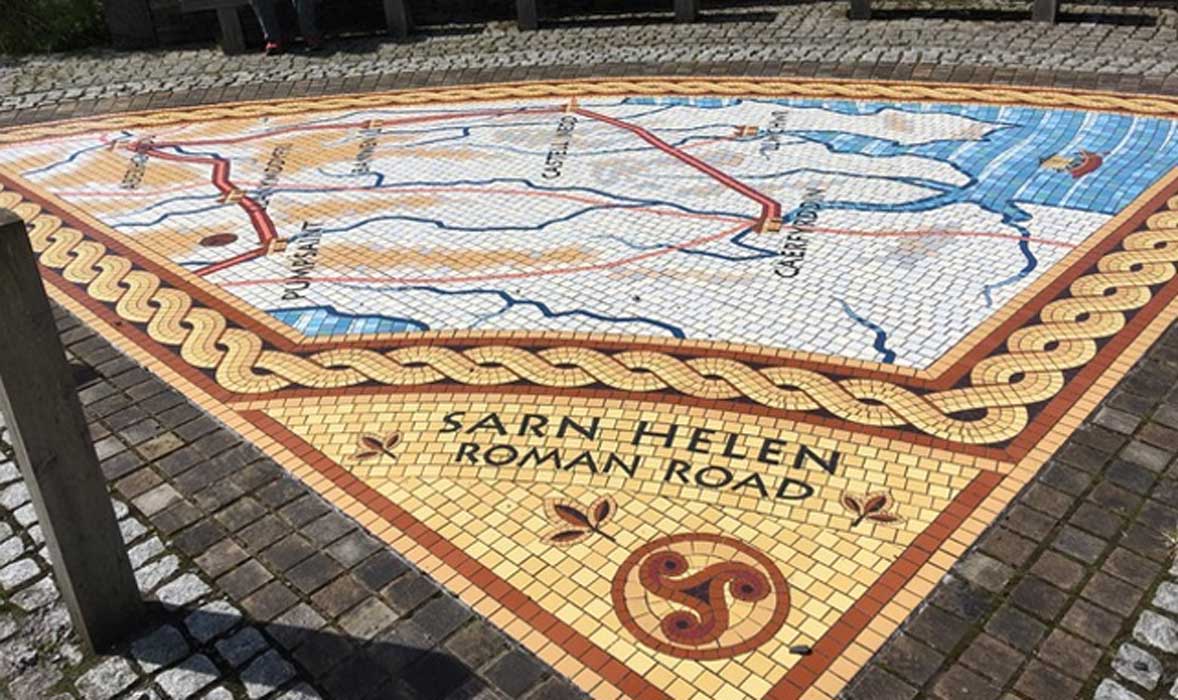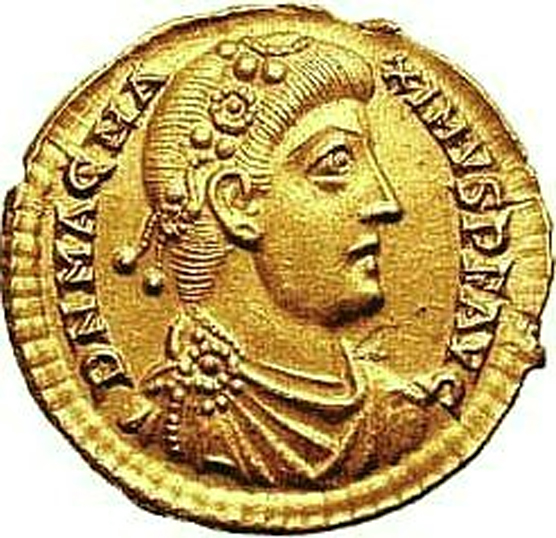
Following ‘Sarn Helen’, an Ancient Roman Network of Roads, Across Wales
Looking at a detailed roadmap of Wales, one will notice an unusual feature; alongside, and sometimes between the expected highways and scenic byways is a broken assortment of dotted lines identified as ‘Sarn Helen’. These splintered lines are scattered across western Wales, from near Caernarfon in the north to near Carmarthen in the south, meandering through moorland and isolated valleys, climbing hills and skirting mountains. Bits and pieces of ‘Sarn Helen’ pass by intriguing locations, including numerous standing stones and megalithic sites, an ancient gold mine, Roman fortifications, and important ecclesiastic centres.

Map of ‘Sarn Helen’ crisscrossing Wales. (Image courtesy of the author)
A Network of Roman Roads
‘Sarn Helen’ is the name of the network of ancient Roman roads that linked Imperial settlements across Wales. Short stretches of these roads can still be seen and travelled upon, although most have been obliterated over the millennia. Some of ‘Sarn Helen’ now lies beneath bustling modern roadways and railroad tracks; other parts are buried beneath the crops in farmers’ fields. But in isolated spots, far from modern development, it is still possible to walk upon the ancient Roman paving stones.
The origin of ‘Sarn Helen’ is a mixture of history and myth, a kind of palimpsest that, like the roads themselves, has been covered over and over, leaving intriguing, faint hints of the past. ‘Sarn’ is Welsh for causeway: a constructed road, for which the Romans were famous. This doesn’t mean, however, that the Romans originated the route, although they may have paved it. But who was Helen? A Welsh chieftain’s daughter who married Magnus Maximus, a Roman emperor? A Christian saint? Or was she Elen of the Ways, a Northern European reindeer-headed goddess?
Elen and Magnus Maximus
Over the millennia, a number of mythic, semi-mythic, and historic Helens and Elens have been conflated into one. The most likely candidate for ‘Helen’ is Elen Luyddog, which translates from Welsh as Elen of the Hosts. This Elen appears in the medieval Welsh epic The Mabinogi, where she plays a central role in The Dream of Macsen Wledig. Macsen Wledig (Welsh for Magnus Maximus, a real-life, 4th century Roman emperor from 383 to 388 AD) dreams of a remarkable woman: “It was no easier to look or gaze upon her than to look at the sun when it is fiercest and fairest, on account of her beauty.” He becomes obsessed with finding her. Following the detailed landscapes seen in his dream, his emissaries travel across the Empire and eventually locate this radiant vision in a castle on the north-west tip of Wales.

Rosette-diademed, draped and cuirassed bust right of Magnus Maximus. (CC BY-SA 3.0)
This paragon of beauty is Elen, daughter of Eudaf Hen, a Welsh chieftain of Caernarfon, or the Romano-British ruler Octavius. Her father bears both names, depending on who tells the tale. (The historic Eudaf is thought to have been a direct ancestor of the semi-mythic King Arthur, but that’s another story.)
- The Mabinogion: Ancient Welsh Tales Bridging the Celtic Mindset and the Otherworld
- Faeries in the Realm of King Arthur
- Pilgrims Flock on an Ancient Road to the Ends of the Earth: Mysteries of the Camino de Santiago – Part I
According to the dream-tale in The Mabinogi, Elen agrees to marry Magnus Maximus and requires him to move to Wales. He calls her Empress of Rome, embraces her, and they spend the night together. Elen then requests several things as her maidenhood fee: the Island of Britain from the North Sea to the Irish Sea; control of the Three Adjacent Islands (thought to be the Isle of Man, Isle of Wight, and either the Isle of Anglesey or of Orkney); and the construction of three forts: Carmarthen, Carleon, and Caernarfon.





